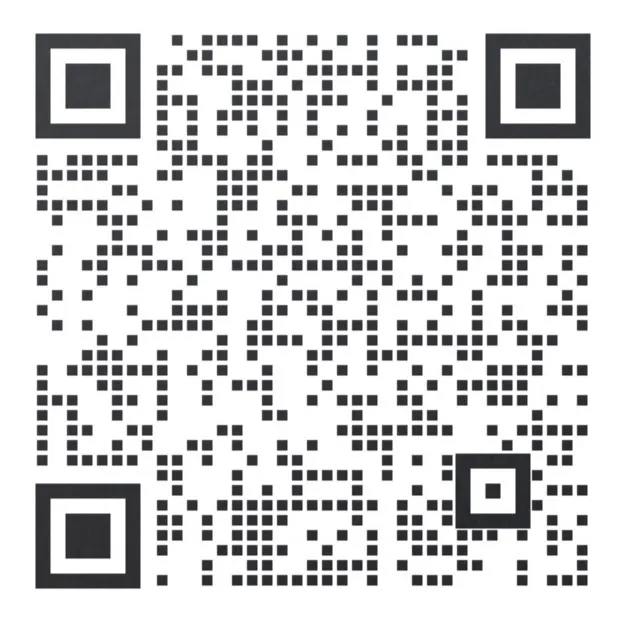Introduction:
The topic focuses on how to express "500 degrees of nearsightedness" in English. In English, the usage of the term "degree" to describe the extent of nearsightedness is not typical. This article will offer alternative ways to convey this condition and clarify related terms and concepts.

1. The correct expression for nearsightedness:
Nearsightedness is frequently referred to as "myopia" in professional language, although it is not widely employed in daily conversations.
Example sentence: "Books are wonderful companions. The only downside is that I have myopia."
2. Alternative ways to express 500 degrees of nearsightedness:
I have a nearsightedness of 5.0 diopters in both of my eyes.
My eyes have a nearsightedness of 500 diopters.
I possess 500 diopters of nearsightedness in my eyes.
3. The term "diopter" and its application in describing nearsightedness:
In the field of optics, a diopter is a unit of measurement utilized to quantify the power of a lens or the focusing ability of an eye.
When it comes to nearsightedness, diopters signify the strength of the corrective lens required to achieve clear vision.
For instance, a person with 500 diopters of nearsightedness would need glasses or contact lenses with a strength of -5.00 diopters to see clearly.
4. Common misunderstandings and incorrect expressions:
Employing the term "degree" to describe nearsightedness, such as "500 degrees of nearsightedness," is not precise or commonly utilized in English.
Expressions like "My eyes/glasses are 500 degrees" or "我是 500 度近视" are not appropriate when communicating in English with native speakers.
5. Factors contributing to the progression of nearsightedness:
Excessive intake of sweet foods can result in an increase in nearsightedness. High blood sugar levels lower the osmotic pressure of body fluids, causing the aqueous humor in the eye to penetrate the lens, leading to alterations in the lens shape and an increase in refractive power.
Conclusion:
When expressing 500 degrees of nearsightedness in English, it is crucial to employ accurate terminology and phrasing. Instead of using "degree," one should utilize "diopter" to describe the level of nearsightedness. Expressions like "I have a nearsightedness of 5.0 diopters in both of my eyes" or "My eyes have a nearsightedness of 500 diopters" are appropriate. Additionally, it is important to be conscious of common misunderstandings and avoid using incorrect expressions when discussing nearsightedness in English. If there are any further questions related to nearsightedness, corrective measures, or related terms and concepts, feel free to consult our 24-hour online customer service. We will respond promptly to assist you.














 苛选医生
苛选医生 苛选医院
苛选医院 名医问答
名医问答 文章攻略
文章攻略 科普漫画
科普漫画 科普视频
科普视频 知识百科
知识百科










